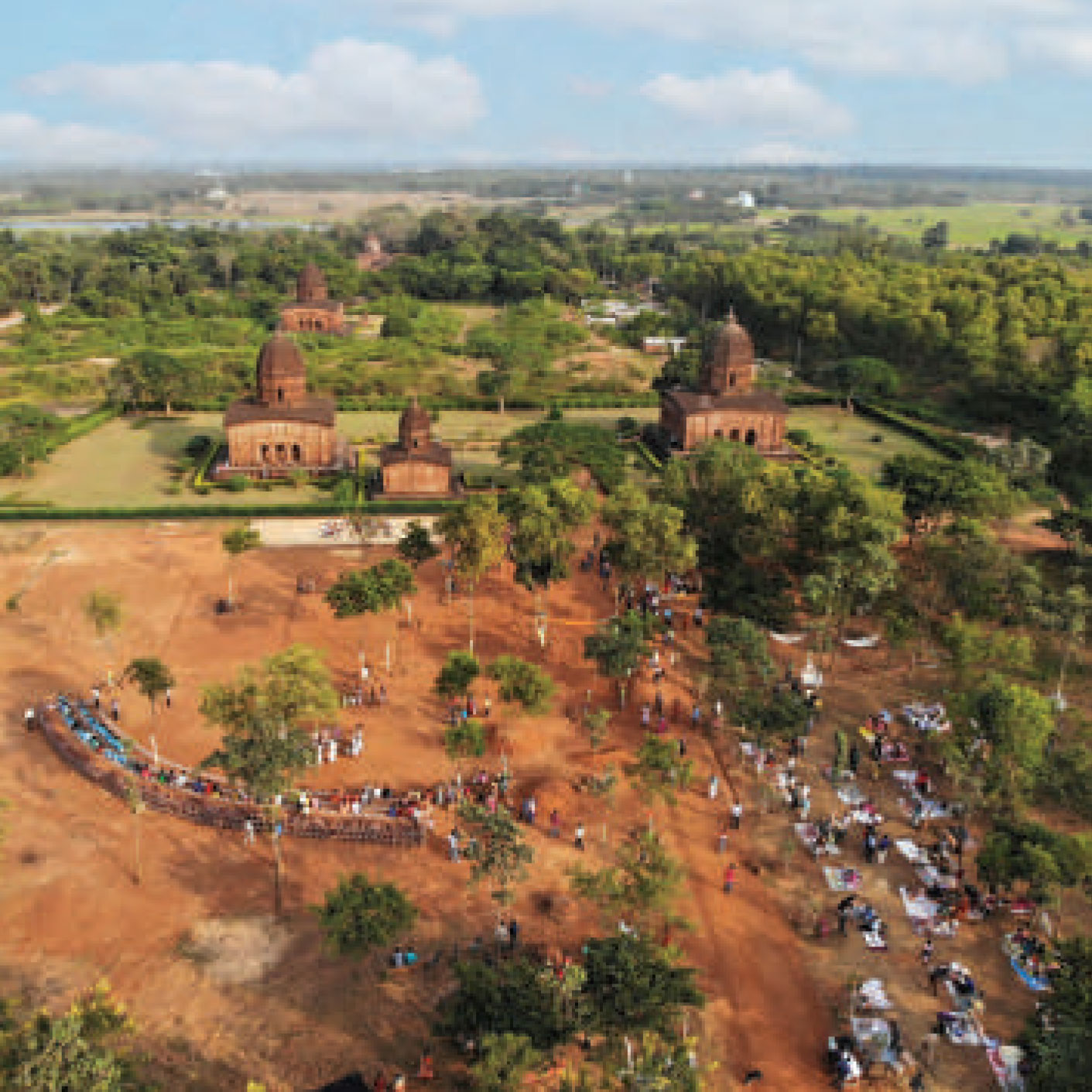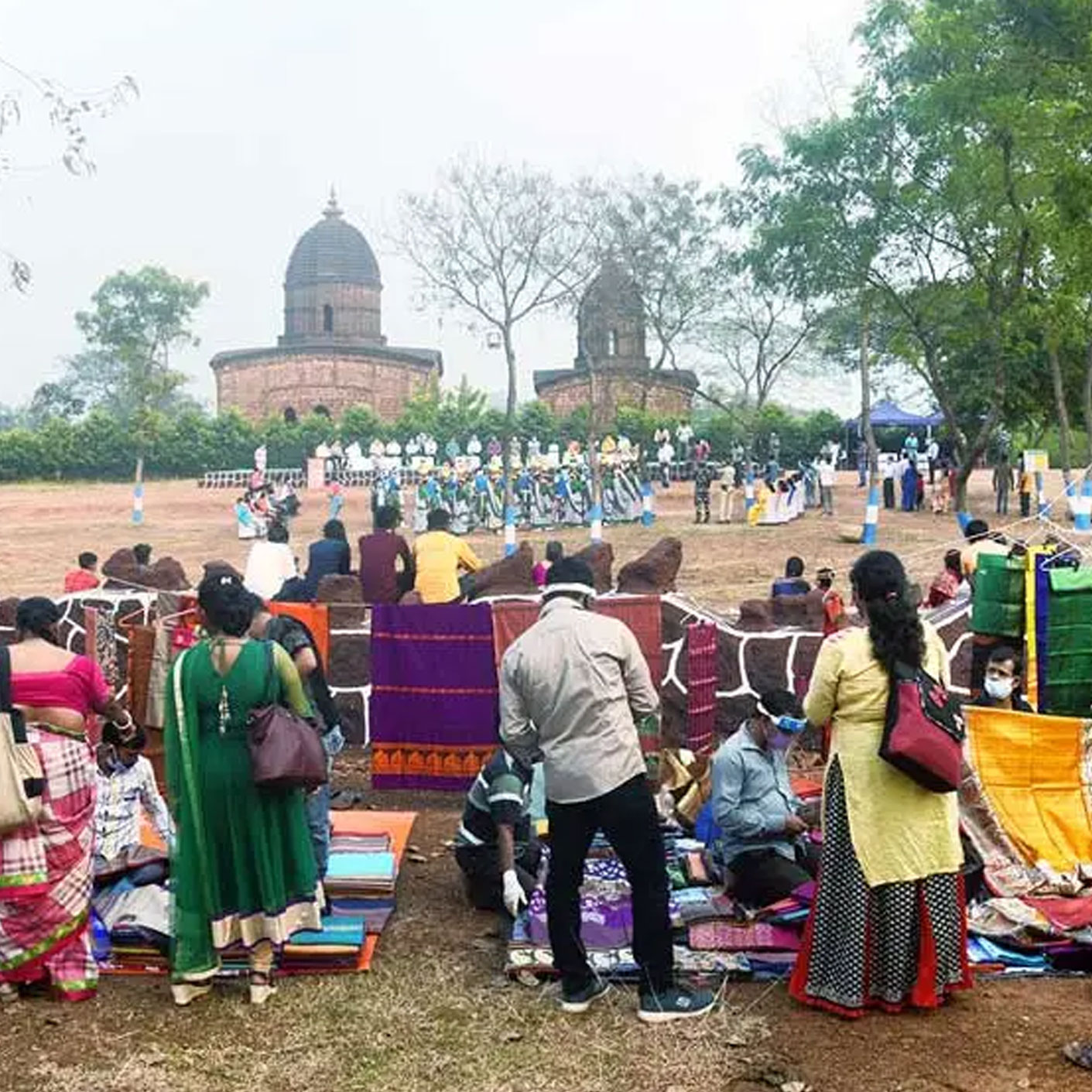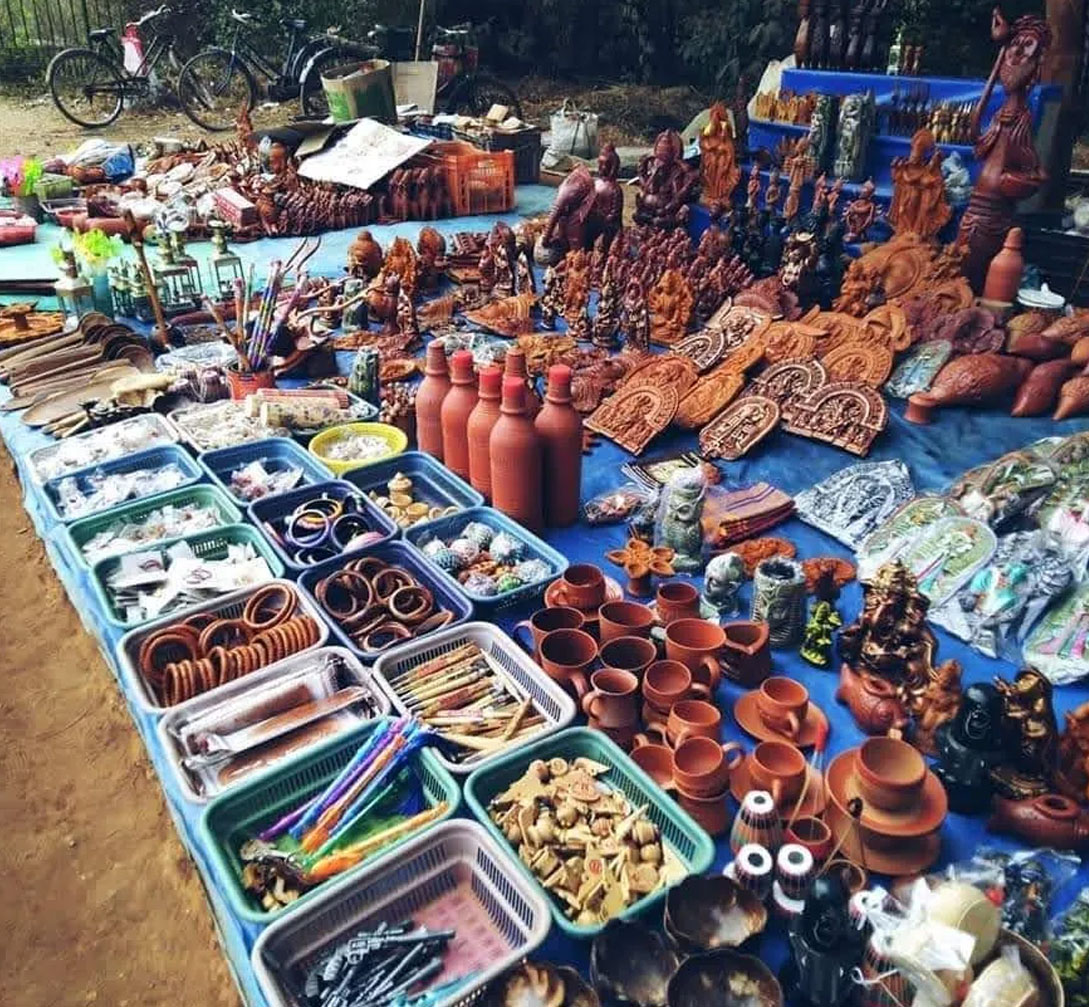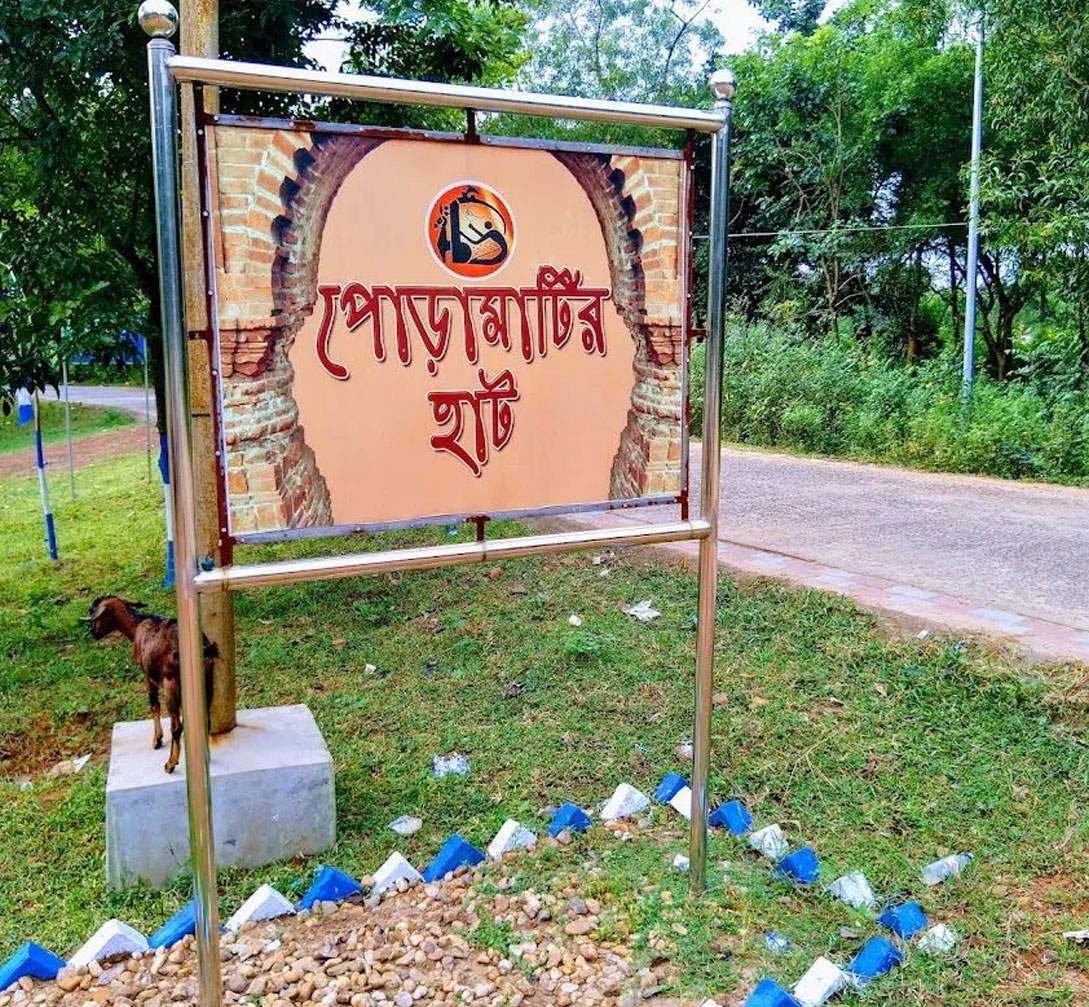Bengal, the sweetest part of India, is like a cradle of civilisation in the eastern part of the country. It is a magic land of enchantment, a locale characterised by the peaceful coexistence of the sophistication of the smarta Puranic Brahmanical religion on the one hand and the weird beliefs and socio — cultural and religious practices of the totemic, animistic folk religion that is supposed to have pre-existed the ‘intrusion’ of the so called elevated principles of the Aryanised Hindu religion in the C 6th Century AD during the Gupta rule. As a result of this culturo — religious hybridism there is, in Bengal, hardly any month or season that goes without the colourtul vibrancy of a festival — whether religious or secular. It is through the study of these festivals that we can feel the inherent rhythmic pulsation of the ancient society, read into the psyche of its people. Way back in the 19th C Rabindranath Tagore once said that the moribund Indian society can be ushered into a new era only by resuscitating the motley coloured festivals and dotting the entire year. In recent past the initiatives like Poramatir Haat and Balucharir Haat held every Saturday and Sunday at the ground in the vicinity of the Chinnamasta Temple under the stewardship and moral support of the Sub-Divisional administration has breathed a new life into the body of the local economy so far lying inert. Poramatir Haat is a vast panorama of events set in motion. While on the one hand we see the brisk selling of beautiful and bizarre looking terracotta artefacts to a bunch of eager tourists, on the other corner of the pavilion may be seen a solitary group of mystic Bouls in saffron robe playing on their rudimentary musical instruments like Ektara and so on churning up a music in chorus redolent with a deep sense of pathos that permeates in the ether against the silhouette of roseate twilight hues. The soulful music of these esoteric minstrels acts like a déja vu thus waking up at the back of each of our psyches the eternal Lalon who is always in an insatiable quest tor the 'Moner Manus', the essence of the Parabrahma epitomised in this earthly frame . The lugubriousness of their music, the naive sense of being helpless if in this earthly existence they do not have the vision of the God that lies within. This innovative haat has also retrieved trom certain extinction a number of obscure plays associated with idyllic rural life like Kit Kit, Kana Machi, Rumal Chor, Haapu Khela, Elletin Belletin , Luko Churi , Kumir Danga et al.



